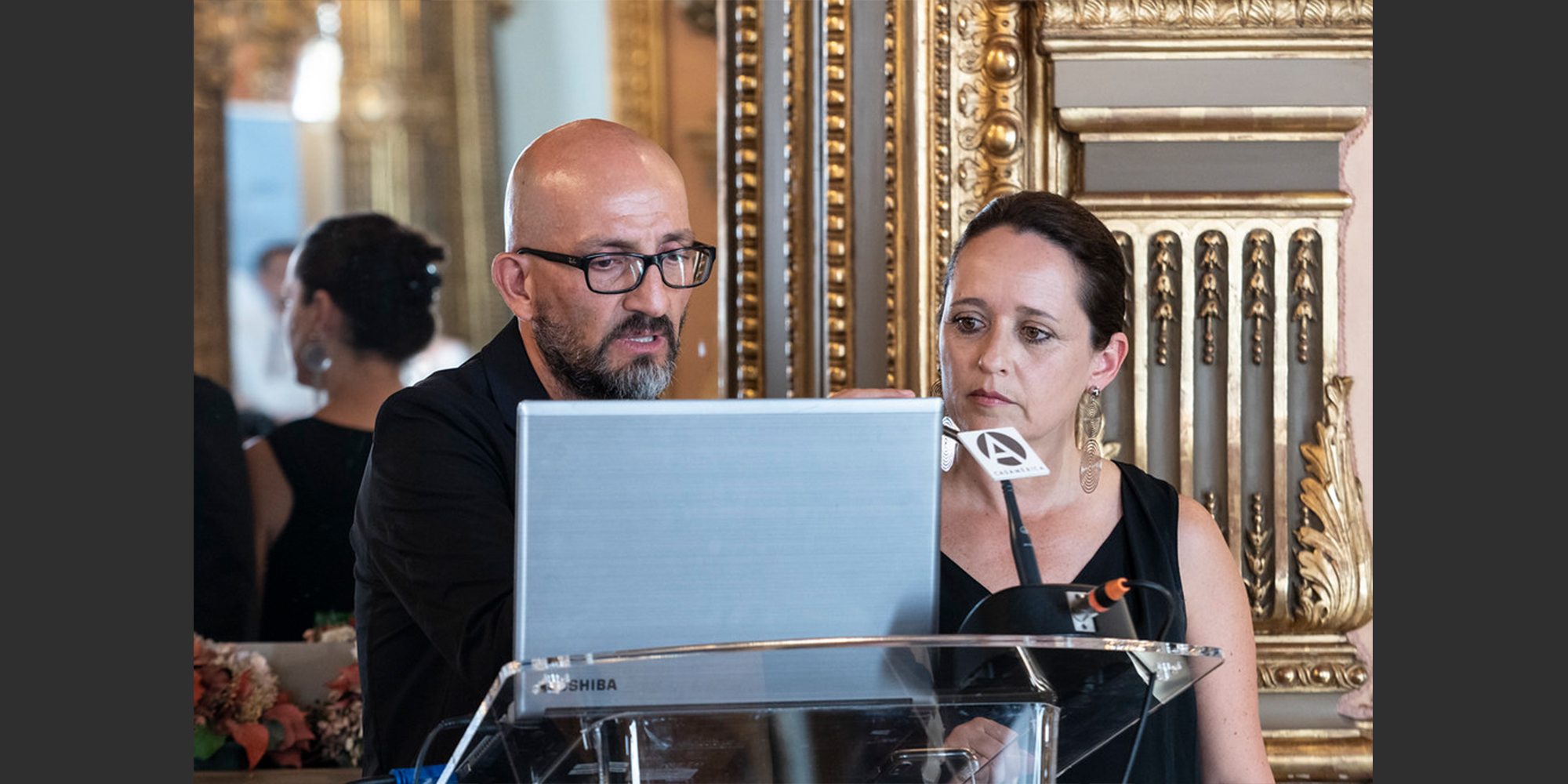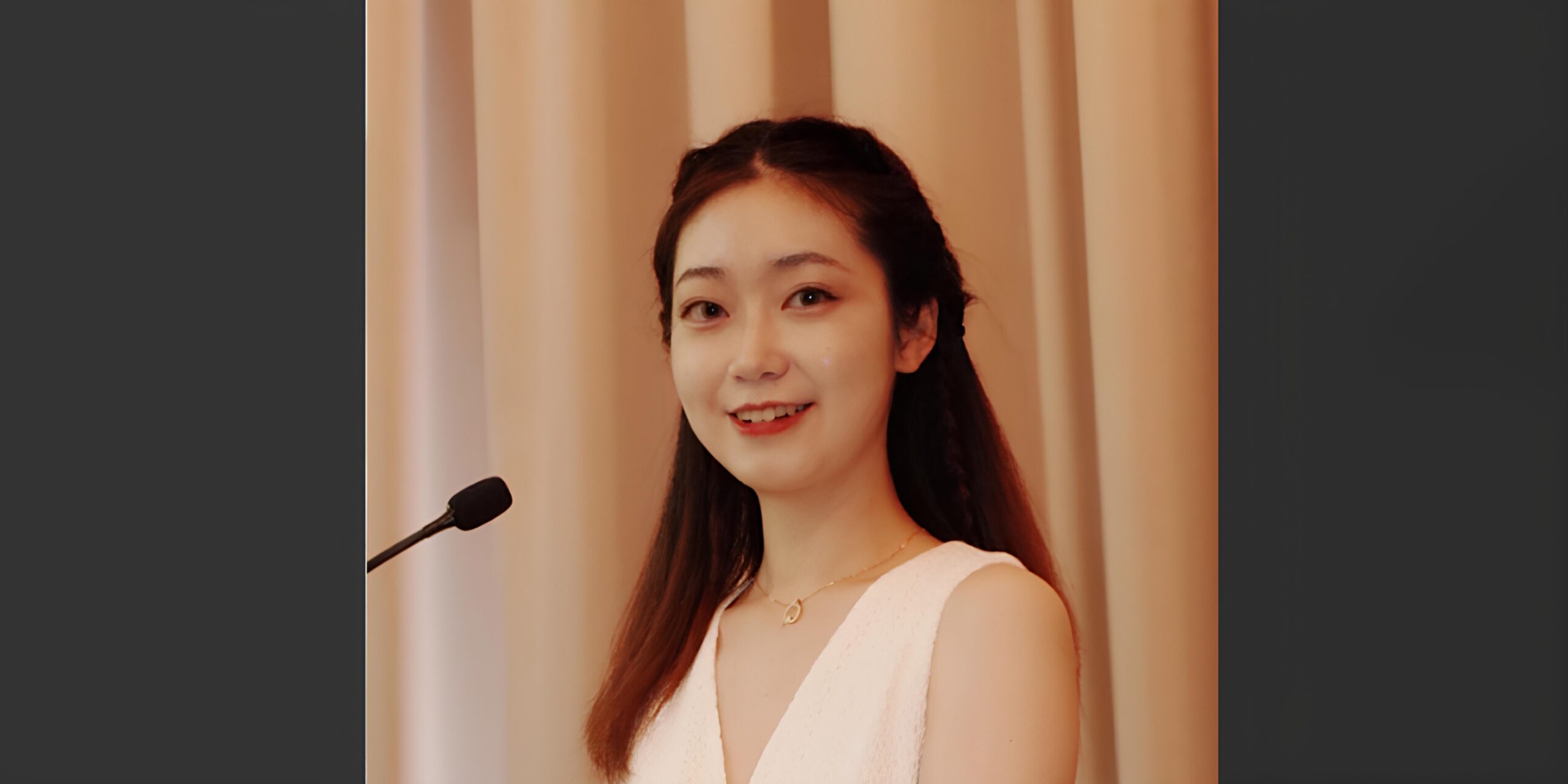Welcome to Media Matters, an exclusive interview series by Fublis, where we engage with media professionals from various fields to discuss the art of storytelling, public relations, and the evolving media landscape. Through these conversations, we explore the intersections of communication, design, and creativity, providing our audience with unique perspectives on how these industries shape the world around us.
In this edition, we feature Sejal Mengaji, a dynamic voice in architecture and writing. Blending her background in architecture with a passion for storytelling, Sejal offers insights into how the two fields intersect, from her experiences as a junior architect to her current work as a contributing writer. She discusses how her journey has led her to explore architecture as a narrative, diving into trends like adaptive reuse and the role of fiction in shaping design perspectives.
Join us as Sejal shares her thoughts on balancing creativity across disciplines, adapting to the changing media landscape, and what’s next in her multi-faceted career.
You’re blending architecture with storytelling. What first drew you to these two fields?
Sejal Mengaji: I have always been an artistic child. I was drowned in the stories of Panchatantra and the strokes of Monet. Art and literature were for me a form of companionship. When I was faced with the most confusing aspect of choosing a career, I ran to the closet thing that resonated with art, that is architecture. But it was more aligned towards science than art. I found myself struggling to pour my creativity into the drawing sheets. But the best thing about architecture is that it gives you an array of skills, including critical thinking, problem-solving, geometry, graphic design, and even writing. I enjoyed the most when writing dissertations, explaining the designs in the form of a story. It made me realise that architecture and storytelling have a deeper connection than we think. In the words of Paul Goldberger, ‘Architecture is a story that we read, an experience that we live, and a memory that we create.’
What early experiences or projects influenced your approach to design and writing?
Sejal Mengaji: When I started working as a junior architect, I felt like I was swimming in the ocean with dead fish. There is a lot of competition in the creative field, especially in architecture. I realized that everyone around me was doing the same thing and getting nowhere. What makes you stand out in the crowd is your own style. That’s when I started developing my own approach to design and storytelling. Although I’m among thousands of people doing the same thing, what makes my work unique is my authentic self and the ideas that are true to me. It isn’t just about producing whatever your client wants, but thinking about how it impacts the world and if it makes it better or worse.
You write about architecture, books, and theories. How do you connect these themes in your work?
Sejal Mengaji: Architecture, books, and theories are deeply interconnected. They shape our understanding of space, culture, and human behaviour. I blend these themes by exploring architecture as a narrative and concept rather than a physical structure. For instance, I often write about how architectural design reflects societal values, much like literature explores the human condition. As for theories, it provides me with a critical lens when analyzing architecture and literature.
As an aspiring fiction writer, how does storytelling influence your architectural writing?
Sejal Mengaji: I believe behind every celebrated architectural structure resides a story. Sometimes it’s about the people who designed it, the impact that it created, or the purpose it serves. As an aspiring fiction writer, I approach architectural writing with the same mindset. I like to write my articles in a way that takes the readers on a journey. Like fiction, I attempt to make it resonate and forge an emotional connection.
You live by the philosophy, ‘Be water, my friend.’ How do you apply this idea to your work as an architect and a writer?
Sejal Mengaji: The philosophy is all about adaptability and flow. I approach each project with fluidity, adapting to changes without losing sight of the ultimate vision. In writing, I let my ideas flow naturally, exploring different perspectives and narratives. Like water takes the shape of its container, I try to stay flexible and open to new ideas in my work.
You’re involved in various roles—from junior architect to contributing writer. How do you manage and integrate these different aspects of your career?
Sejal Mengaji: Although I’m not actively practicing at the moment, I often integrate my experiences as an architect into my writing. Adding personal insights makes my articles more authentic. Since I understand concepts like space, design, and how people interact with the built environment, it helps me craft better narratives. I’m currently more focused on writing and improving my skills, but I may return to practising architecture in the future. When I do, I’m sure the knowledge I’ve gained as an architectural writer will influence my design process, making it even stronger.
What insights have you gained from your time at Material360.co and Inroots Design Studio?
Sejal Mengaji: My time at Material360.co, which is an initiative by Inroots Design Studio, gave me valuable exposure to writing. While working in the office, I found myself naturally transitioning from design work to content creation, which sparked my interest in architectural writing. This experience laid the foundation for my shift toward journalism and writing. Later, I took on an editorial internship at RTF, which further solidified my decision to pursue this path. These roles played an important part in helping me make that transition from architecture to writing.
Are there any architecture or design trends you find particularly interesting right now?
Sejal Mengaji: I’m particularly fascinated by adaptive reuse. The idea that a building can take on a new narrative and serve a different purpose is like writing the next chapter for that structure. It’s also incredibly sustainable and economical, which is crucial in today’s world. I love how more and more firms are becoming environmentally conscious while still pushing creative boundaries. It’s inspiring to see how adaptive reuse not only preserves history but also makes architecture more relevant and responsible for the future.
As you continue to explore fiction writing, how do you see this influencing your future architectural work?
Sejal Mengaji: Fiction allows me to imagine new possibilities for space, form, and design that go beyond the technical aspects of architecture. I believe storytelling and architecture are both about shaping experiences, so writing fiction helps me see architecture not just as a physical space, but as a setting where stories unfold. If I return to practicing, this narrative approach could lead to more innovative, human-centered designs that consider the emotional and experiential aspects of architecture.
What’s next for you, Sejal? Are there any new projects or areas you’re excited to explore?
Sejal Mengaji: Right now, I’m focusing on freelance writing, refining my skills, and learning new writing techniques before diving into my next role. I’m particularly excited about exploring video storytelling, which I believe is the future of content creation. It’s an incredible way to blend visuals and narrative, and I see so much potential in using it to communicate architecture and design ideas. I’m also continuing to push myself in both writing and creative fields, experimenting with new forms of storytelling, whether that’s through articles, fiction, or multimedia projects. It’s an exciting time to explore different mediums and see where they take me.




